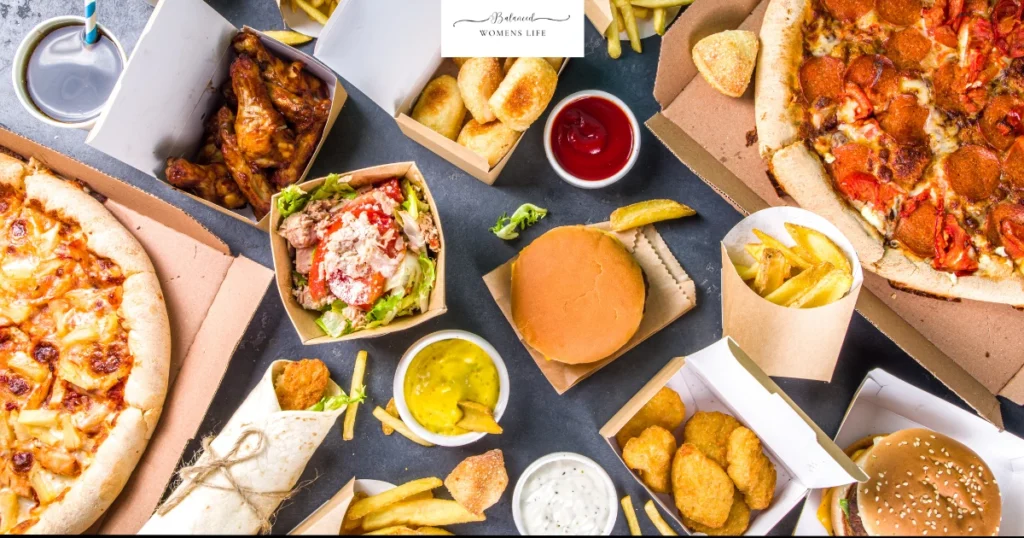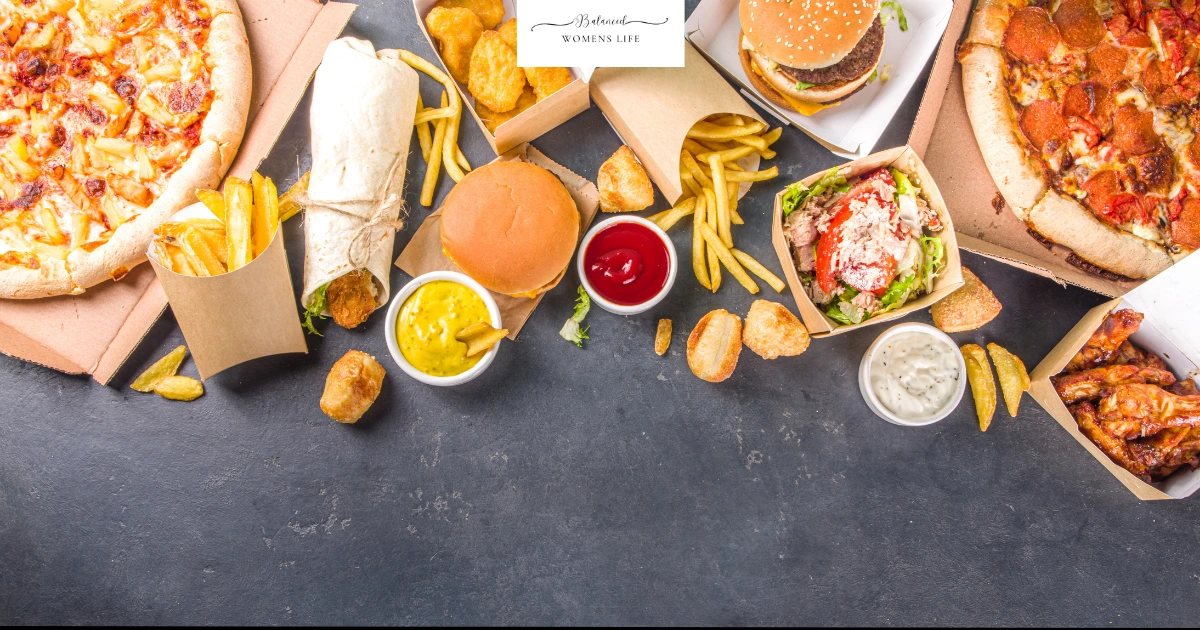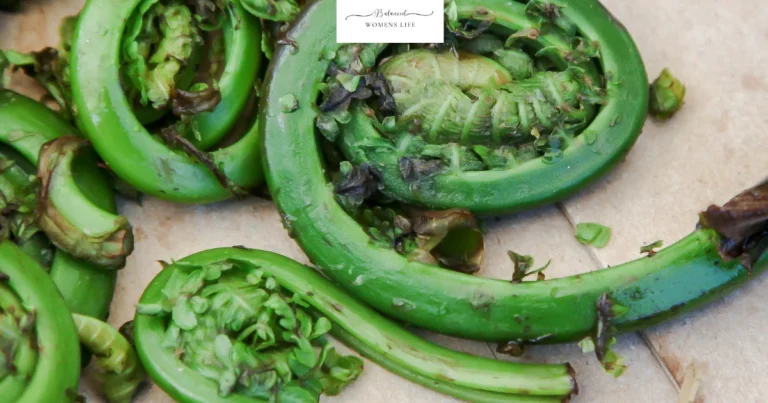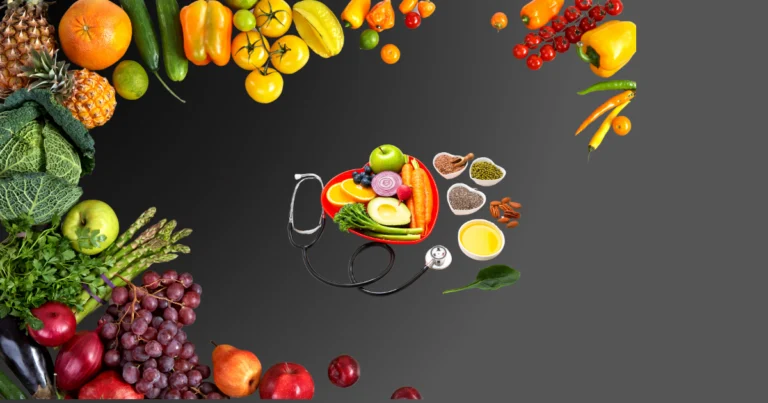White People Food: Stereotypes, Flavors & Fun Facts!
Table of Contents
The term “white people food” often surfaces in popular culture, typically used to describe dishes perceived as bland or lacking spice. However, this simplistic characterization doesn’t do justice to the rich history and diversity of culinary traditions associated with people of European descent. In this article, we’ll delve into the origins of this stereotype, explore popular dishes often grouped into this category, examine the cultural influences that have shaped these foods, and debunk common myths surrounding “white people food.”
The Origins of the “White People Food” Stereotype
The stereotype of “white people food” is rooted in several historical and cultural factors. One primary reason is the historical lack of access to a wide variety of spices in many parts of Europe2. Historically, countries with easier access to spices tended to use them more extensively in their cuisine2. This led to a preference for seasoning with salt, fat, and eventually, sugar in some European cuisines2.Another factor is the evolution of eating habits, particularly in the United States. In the mid-20th century, as suburban living became more prevalent, certain types of food became associated with a perceived “whiteness”5. These dishes were often influenced by recipes found in cookbooks like Betty Crocker and on the back of Campbell’s soup cans, which emphasized simplicity and convenience over bold flavors2.
Popular “White People Food” Dishes
While it’s impossible to definitively define what constitutes “white people food,” certain dishes are frequently associated with this stereotype. These include:
- Tuna Casserole: A staple of potlucks and family dinners, tuna casserole typically consists of canned tuna, egg noodles, cream of mushroom soup, and a topping of crushed potato chips or fried onions2.
- Pizza: While enjoyed globally, pizza is sometimes cited as an example of “white people food” due to its relatively mild flavor profile compared to other cuisines2. The taste of pizza comes mostly from the fat (from cheese) combined with tomato, and is not heavily seasoned2.
- Macaroni and Cheese: A childhood favorite and popular comfort food, macaroni and cheese typically consists of elbow macaroni coated in a creamy cheese sauce made from milk, butter, and cheddar cheese2.
- Boiled Potatoes: Boiled potatoes, often seasoned only with salt and pepper, are sometimes seen as a bland and unexciting dish.
- Mayonnaise-Based Salads: Salads featuring mayonnaise, such as potato salad, macaroni salad, and coleslaw, are sometimes associated with “white people food” due to their creamy texture and mild flavor.

Cultural Influences on “White People Food”
It’s important to recognize that the culinary traditions of people of European descent are vast and diverse, shaped by centuries of history, geography, and cultural exchange. For example, Southern cuisine in the United States has been heavily influenced by the foodways and cooking techniques of enslaved Africans, resulting in flavorful dishes like jambalaya, gumbo, and cornbread1.Similarly, American Jewish cuisine has been influenced by the culinary traditions of Sephardic Jews who fled the Inquisition and settled in colonial America, bringing with them dishes such as stews and fish fried in olive oil, beef and bean stews, almond puddings, and egg custards1.German, Irish, and Scandinavian cuisines have also contributed unique flavors and ingredients to American cuisine, such as imported cold cuts, potato salads, schmierkase, wienerwurst, North Sea herring, and pickles from German delicatessens1.
Debunking Myths About “White People Food”
Of course, there are many myths about “white people food” that need to be debunked. These myths often perpetuate stereotypes and fail to recognize the complexity and richness of European and American culinary traditions. Here are some common myths:
- Myth: “White people food” is always bland and flavorless.
- Reality: While some dishes often associated with “white people food” may be relatively mild, there are countless examples of European and American dishes that are rich in flavor and utilize a wide variety of spices and herbs.
- Myth: “White people food” is unhealthy.
- Reality: Like any cuisine, “white people food” can be both healthy and unhealthy, depending on the ingredients and cooking methods used. Many traditional European and American dishes are nutrient-rich and prepared with fresh, whole ingredients.
- Myth: “White people food” lacks diversity.
- Reality: The culinary traditions of people of European descent are incredibly diverse, reflecting the vast array of regions, cultures, and historical influences that have shaped these cuisines.
Statistics
While it’s difficult to quantify the concept of “white people food” with exact statistics, we can look at some trends related to the eating habits and preferences of Americans. According to one study, the following dishes are among the most popular in the United States:
- Hamburgers (84%)
- Steak (80%)
- Pizza (78%)1
- Hot Dogs (77%)1
- Fried Chicken (76%)1
- Macaroni and Cheese (75%)
- Potatoes (75%)1
- Eggs (74%)1
- Sandwiches (72%)1
- Tacos (71%)
Table
The following table compares characteristics of traditional European cuisine and stereotypical American “white people food”:
| Characteristic | Traditional European Cuisine | Typical American “White People Food” |
|---|---|---|
| Ingredients | Fresh, seasonal, locally sourced | Processed, packaged, mass-produced |
| Seasoning | Spices, herbs, aromatic oils | Salt, pepper, sugar |
| Cooking Methods | Simmering, grilling, roasting, sautéing | Boiling, baking, frying |
| Presentation | Careful, artistic, highlighting flavors | Simple, practical, focused on quantity |
| Cultural & Social Significance | Strong, tied to traditions & celebrations | Weaker, often associated with convenience & affordability |
FAQ
Q: What defines “white people food?”A: “White people food” is a term used to describe dishes perceived as bland, mild, or lacking spice, often associated with people of European descent2.Q: Where did the stereotype of “white people food” originate?A: The stereotype stems from historical factors like limited access to spices in some parts of Europe2, as well as evolving eating habits in the United States1.Q: Are all European and American dishes considered “white people food?”A: No, the culinary traditions of people of European descent are vast and diverse, with many regional flavors and cultural influences1.Q: Can “white people food” be healthy?A: Yes, like any cuisine, “white people food” can be healthy or unhealthy depending on the ingredients and cooking methods used.
Conclusion
In conclusion, the concept of “white people food” is a simplistic stereotype that doesn’t do justice to the rich history and diversity of culinary traditions associated with people of European descent. While some dishes frequently grouped into this category may be relatively mild, it’s essential to recognize the immense range of flavors, ingredients, and cultural influences that have shaped these cuisines over centuries1. By debunking myths and exploring the origins and cultural influences of “white people food,” we can gain a more nuanced and appreciative understanding of this important aspect of our culinary heritage. The idea that “white people food” is bland is a harmful stereotype that overlooks the diverse range of flavors and culinary traditions found within European and American cuisine3.







